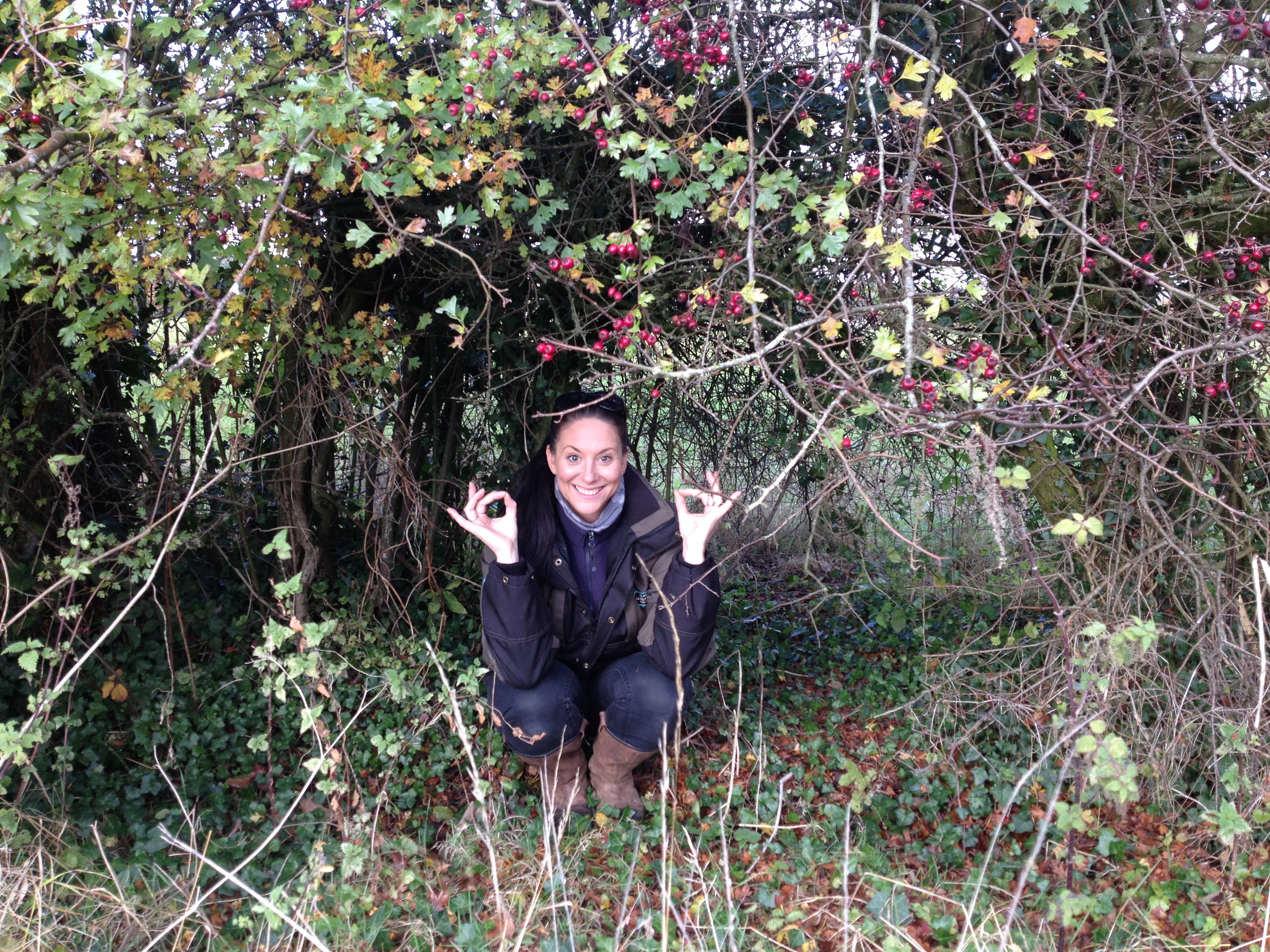
Working on a new Citizen Science project Hedgerow Heroes for Surrey Wildlife Trust, I am exploring the connections between people and hedgerows and how we can use past relationships with this important semi-natural habitat to shape future ideas about sense of place and environmental stewardship.
One measure of our connectedness to nature is how much it is reflected in language.Robert Macfarlane ’s works are a wonderful exploration of this connection, particularly Landmarks which has a series of glossaries containing words associated with landscape features. And guess what, there is a section on “Edges, Hedges and Boundaries”
| Boodge | to stuff bushes into a hedge to confine livestock (Herefordshire) |
| Buckhead | to cut the top off a hedge to within two or three feet of the ground (Suffolk) |
| Bullfinch | hedge that is allowed to grow high without laying (Northampton shire) |
| Carvet | thick hedgerow (Kent) |
| Cop | bank on which a hedgerow grows (Cumbria) |
| Glat | gap in a hedge (Hertfordshire) |
| Grounders | bottom stones in a Hedge (Cornwall) |
| Hedgers, soldiers, toppers | top stones in a hedge or wall (Cornwall) |
| Kes, kess | buildup of soil and stone along the base of a very old hedge (Cumbria) |
| May-mess | profusion of hedge blossom in full spring (Poetic- GMHopkins) |
| Prickle-nickle | dry hedge of thorns set to protect a newly planted hedge (Northamptonshire) |
| Round-about | Boundary hedge of a coppice (Northampton shire) |
| Shard | gap in a hedge SW (England) |
| Smeuse | gap in the base of a hedge made by the regular passage of a small animal (Sasses-My Favorite!) |
| Smout | hole in the hedge used by a hare (N Eng. & Somerset) |
| Squiggle | to wriggle through a hedge (Essex) |
These are all English terms but they probably have equivalents in other languages. Of course there are the terms associated with hedge-laying like pleachers and bindings too.
I’d be really interested in hearing words, and other sources of words, which document the human connection with hedges, hedgerows and hedge landscapes.
One response to “Smeuse, smout and squiggle: the language of hedgerows”
[…] animals through the hedgerow, maybe badger, the ever rarer hedgehog, rabbit? Spoor or smeuse, smout or squiggle, when we lose the art of looking, we lose the art of […]